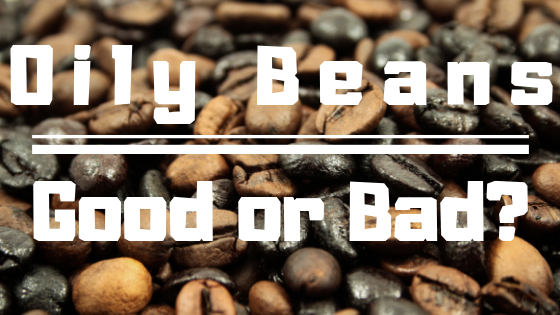
A question I get pretty frequently is: “Why don’t your coffee beans have any oil on them? Are they really old and dried out?” The answer is quite the opposite. My “dry” coffee beans are a sign of freshness and craft roasting. An oily coffee bean is an indicator that your beans are either pretty old or were over-roasted (generally both). Industrial roasters typically roast to get an even color, not to procure excellent flavors.
Oily coffee beans are the result of a chemical reaction that occurs when the internal shell of a coffee bean meets oxygen. Darker roasts have a more fragile shell due to their prolonged exposure to roasting, so they will lose their flavor faster and seep oil more quickly than a lighter roasted bean. However, eventually over several weeks every roasted bean, whether light or dark roasted, will develop this oily sheen.
Most people that tell me they prefer oily beans find, after they try one of GCRC’s dark roasted coffees, they are actually drawn to the dark roasted quality of the bean, not the oil that has seeped out. A properly dark roasted coffee won’t start producing an oily surface for a few weeks.
Have any burning coffee questions that need answering? Contact us!
-Celeste
